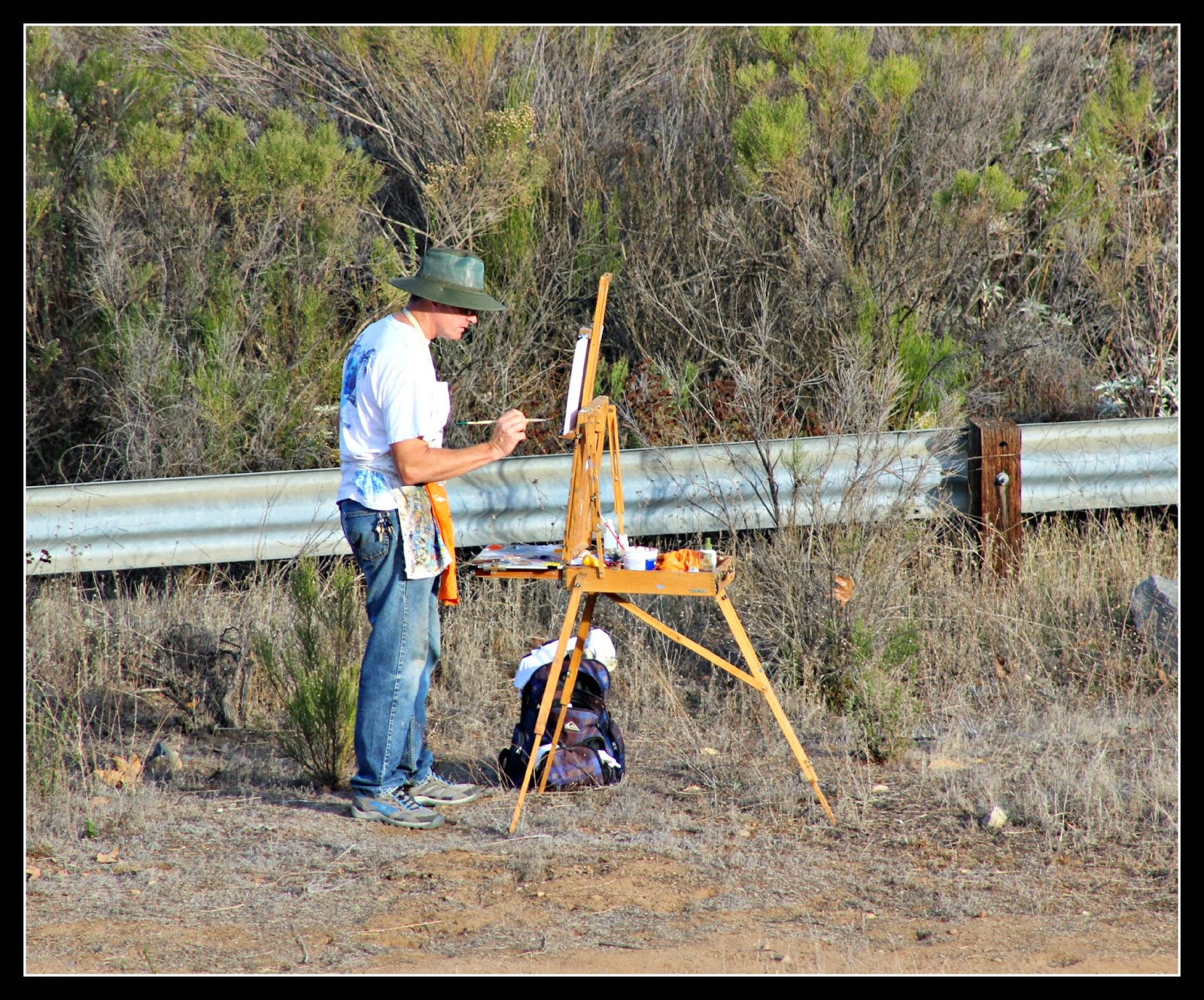Military training is focused on learning specific skills to
create a well-oiled machine designed to be stable under organizational pressure.
A paper by Petrufova (2014) discusses many of the strengths and weaknesses of
modern military education. In particular, the paper elaborates on how technical
ability is strong but broader management knowledge is lacking for adapting to
change.
Adaptable military styles require a broader framework for
understanding crisis situations and countering long-term threats. The military
relies heavily on technical training to teach soldiers how to complete their
day-to-day job functions. Awareness of how their function contributes to the
whole and can be adjusted when situations change is lacking.
Management skills are needed for officers that control a
number of functions simultaneously that require more complex interaction. The
process of promotion from within helps to maintain morale and retain knowledge
but doesn’t often afford the opportunity to gain new knowledge. Training
becomes a central avenue of gaining new knowledge.
Military educators can implement additional management
knowledge and skills by helping students understand cultural and economic
aspects of management. The military has strong values that offer stability but
may be lacking knowledge of cultural and economic principles.
Successful adaptation requires the ability to change when it
is necessary. Specific knowledge works well for maximum productivity but
general knowledge is better for understanding the overall function of each
piece and how to change it. Management teaches the ability to adjust operations
to changes in the market which is not something most militaries commonly deal
with.
The military can learn from the world of business to
integrate the best management practices into their leadership style. Providing
knowledge of management skills and functions helps officers have a better grasp
of their whole operation and provide a framework for adjustment when situations
change. Knowledge learned in business schools can be adapted to improve
military operations.
Petrufova, M. (2014). Problems of manager competencies and
teaching management in the military. Rista
Academiei Fortelor Terestre, 19 (2).




